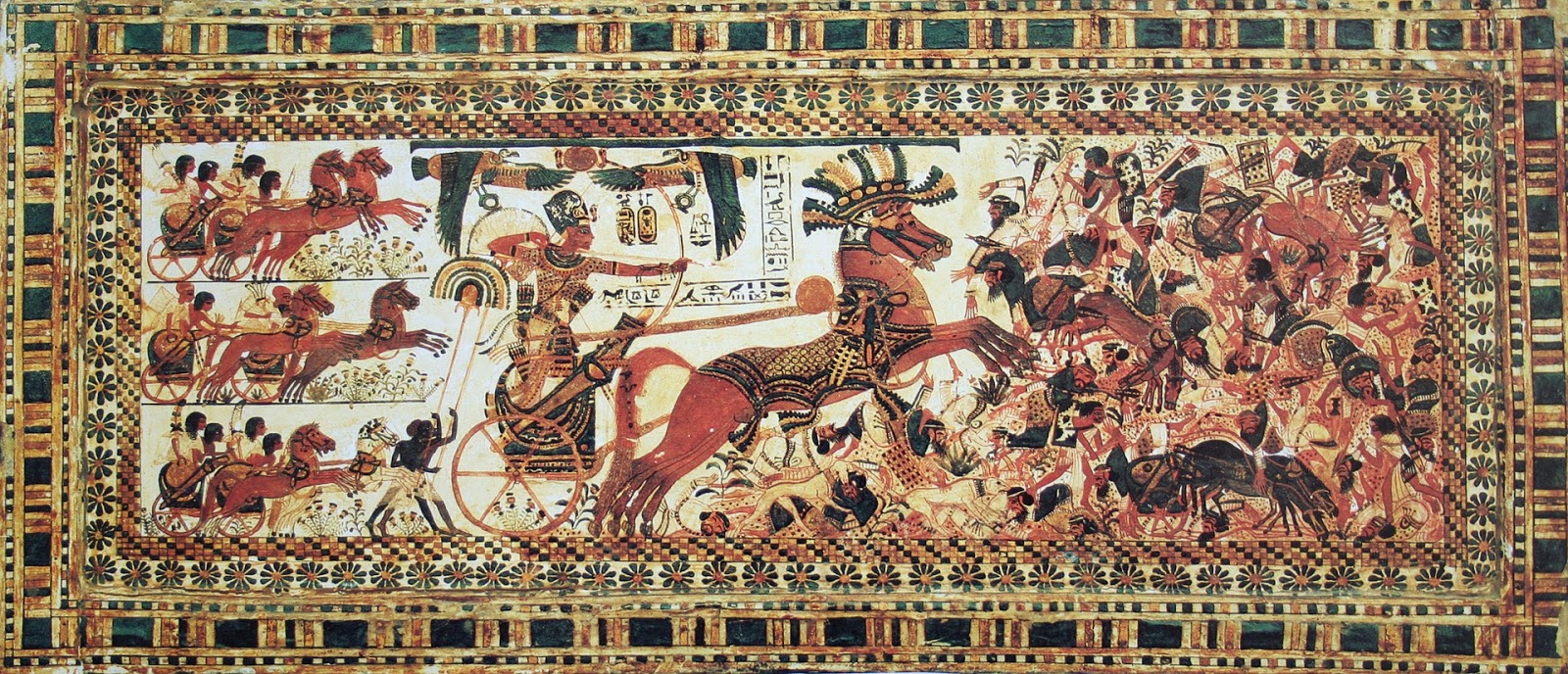
However, history—more specifically its agents—never fail to surprise us in the most interesting of ways.
The next morning on August 14, after Filippo had passed, four members from the University of Pavia’s College of Jurisprudence, imbued with civic pride and a nostalgia for the classical past, took the opportunity posed by the death of the Duke to rally the people and revive a popular government. Milan’s history under a tyrannical princely family had finally come to an end, and thus, the Golden Ambrosian Republic was born.
The revival of the republic was met with both great enthusiasm and great horror. Intellectuals celebrated the restoration of communal, republican ideals. Francesco Sforza, on the other hand, was not as enthusiastic. He’d been betrayed by his father-in-law time and time again and just when it had looked like the throne to Milan and the Visconti inheritance was his, the Republic had robbed him of it in the blink of an eye.
As they scrambled to defend their newly-born Republic from threats both foreign and domestic, the professors of Pavia codified a governmental system centered around 24 elected Capitani e Defensori della Libertà di Milano (Captains and Defenders of the Liberty of Milan), who, alongside numerous councils, exercised authority over the city. Public sentiment was favorable to the Republic, and two political parties emerged: the Guelphs and the Ghibellines, rival Italian factions dating back to the time of Frederick Barbarossa. More than anything, the parties despised one another, and politics in the Ambrosian Republic were broiling with factional—as well as personal—tensions.
Against the odds, the Republic managed to survive its early days, but the road ahead was more treacherous than ever before. Bad blood was not just confined to city limits: power struggles were a constant, everyday occurrence all over the peninsula. Milan’s longtime enemy, the Republic of Venice, was at the height of its prosperity and wealth, its territorial expansion aggressive and ambitious. And by the end of August, Venice was bearing down on the Ambrosian Republic’s eastern border. With the looming threat right at their doorstep, in an act of desperation the Republic hired the man they most feared: Sforza, the only condottiero with the skill required to overcome the hated Venetians. They could not count on his loyalty, but they had no other choice. With numerous unique city-states, territories, and traces of foreign influences spread out all across northern Italy, even with Sforza’s military expertise the new republican government would go on to struggle to preserve the city and its hegemony.
Here, in January 1448, Scontro di Lombardia begins. The Guelphs hold the majority of the Capitani after the recent election, but their rivalry with the Ghibellines is vicious and tensions grow by the day. The Guelphs seek peace with Venice to support mercantile interests, whereas the Ghibellines have a broader base of support among the lower classes and hate Venice with a patriotic fervor, leading them to look more kindly on their condottiero captain. The Venetians have pushed deep into Milanese territory, but now face a newly invigorated opponent under the command of the great Sforza. The citizens, fearful of factional violence, have begun to whisper of revolt. With precise negotiation and a bit of luck, the Golden Ambrosian Republic may yet survive; at the hands of a cunning politician, it could just as easily come crashing down, and we could see the return of tyranny to Milan.
The fate of Milan is, once again, in the hands of the agents of history.
Required Reading Materials
- Rulebook – Coming soon
- Historical Readings – Coming soon